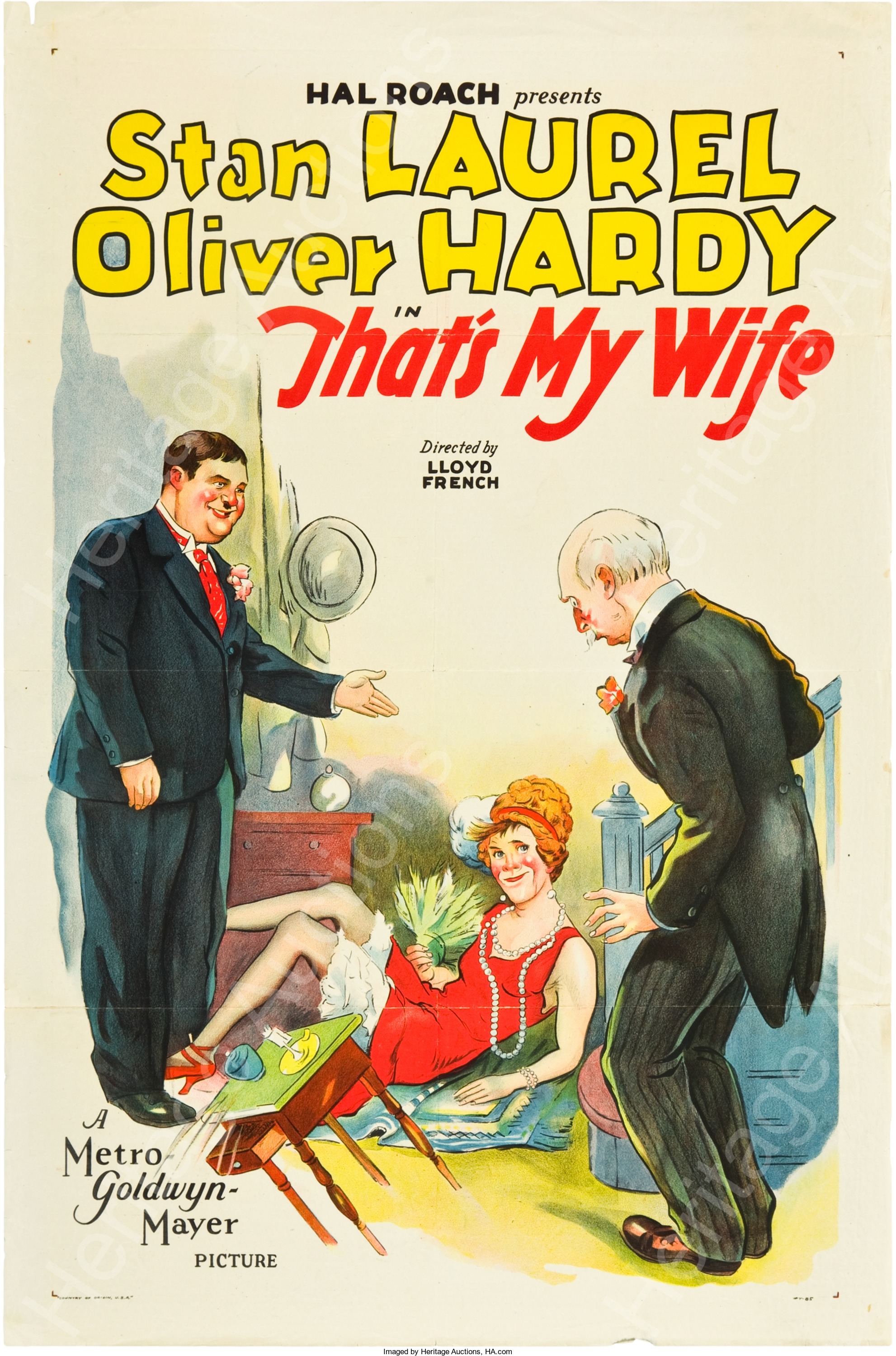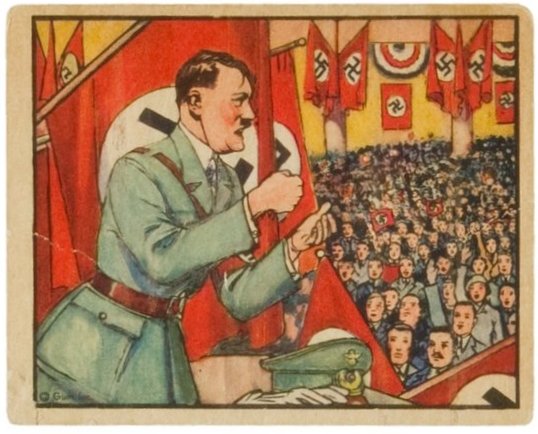
By Jim O’Neal
Every economist who writes or thinks about the Great Depression inevitably faces the questions of what really caused it and could it happen again? These issues are still (surprisingly) debated yet today.
For me, it is much easier to simply remember the scale of the economic meltdown that occurred in 1929-1933.
During a three-year period, real GDP in the major world economies declined by over 25 percent and one in four adult males lost his job. Commodities prices declined by 50 percent and average wages fell by a third. Here in America, the working class was entering a difficult period and no one had any solutions.
Bank credit in the U.S. shrank by 40 percent and in many countries, the entire banking system collapsed. Almost every major sovereign debtor in Central and Eastern Europe defaulted, including Germany, the third-largest economy in the world. The economic turmoil spread from the prairies of Canada to the teeming cities of Asia, from the heartland of America to the smallest village in India. No other peace-time economic chaos has come close to the breadth and depth of this cataclysm.
Part of the reason for the extent of the economic collapse was that it was not just one crisis, but a sequence of events, ricocheting across the Atlantic, each feeding off the previous. It started with the contraction of the German economy in 1928, then the Great Crash on Wall Street in 1929, the serial bank failures in 1930, and the unraveling of European finances in the summer of 1931.
Most modern economists do not believe it was an act of God or the result of basic flaws in capitalism. It was the cumulative effect of misjudgments by economic policymakers. It was, by any measure, the most dramatic sequence of collective blunders ever made by financial officials, at least to that time.
It probably started with the Paris Peace Conference (1919) that burdened a shaky world economy with a giant overhang of international debt from the First World War. Central bankers then decided to take the world back to a dysfunctional gold standard, holding interest rates low and keeping Germany afloat on borrowed money. By 1927, the Federal Reserve was torn between conflicting objectives of propping up Europe or controlling speculation on Wall Street. It tried to do both and achieved neither.
The stock market bubble created an international credit squeeze on the way up and cratered the U.S. economy on the way down. When the U.S. let the Bank of United States fail (1930), the panic moved into high gear with a wave of dreaded “runs on the bank” – a phenomenon that is a banker’s nightmare. It would take a long time to break the fever, restore confidence and then start the monumental task of rebuilding an international monetary system and reigniting economic growth.
In the end, it took another world war to provide the final ingredient for success. However, in the process, it created a bonanza for factoid geeks who relish unusual and interesting historical situations. (Who, moi?)
 Intelligent Collector blogger JIM O’NEAL is an avid collector and history buff. He is president and CEO of Frito-Lay International [retired] and earlier served as chair and CEO of PepsiCo Restaurants International [KFC Pizza Hut and Taco Bell].
Intelligent Collector blogger JIM O’NEAL is an avid collector and history buff. He is president and CEO of Frito-Lay International [retired] and earlier served as chair and CEO of PepsiCo Restaurants International [KFC Pizza Hut and Taco Bell].

